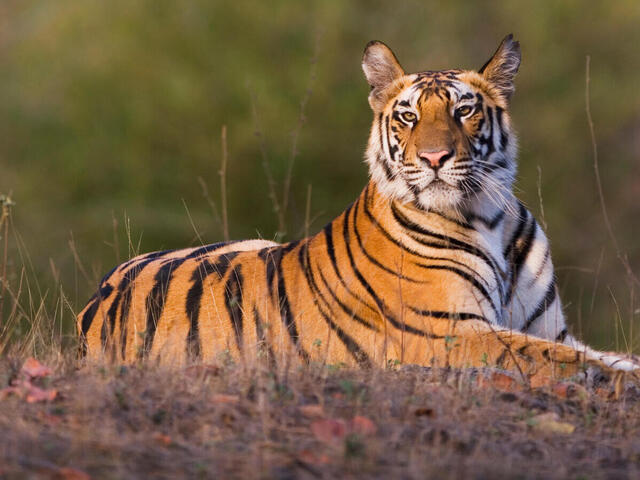- Tigers live in diverse ecosystems, including tropical rainforests, mangrove swamps, evergreen forests, grasslands, savannas, and rocky areas.
- They populate 13 countries: Bangladesh, Bhutan, Cambodia, China, India, Indonesia, Laos, Malaysia, Myanmar, Nepal, Russia, Thailand, and Vietnam.
World Tiger Day is celebrated every July 29 in a bid to raise awareness about tiger conservation and the dangers they face. Established at the Saint Petersburg Tiger Summit in 2010, the day is marked globally to educate people about tiger conservation and protecting tiger habitats through educational programs, media campaigns, and conservation activities.
They face threats like poaching, habitat loss, and human-wildlife conflict. The goal for establishing World Tiger Day was necessitated by the need to double the wild tiger population in response to the alarming decline in their numbers.
Tigers live in diverse ecosystems, including tropical rainforests, mangrove swamps, evergreen forests, grasslands, savannas, and rocky areas. They populate 13 countries: Bangladesh, Bhutan, Cambodia, China, India, Indonesia, Laos, Malaysia, Myanmar, Nepal, Russia, Thailand, and Vietnam.
These big cats are often poached for their skin, and their claws and teeth are used to make jewellery. However, tigers play a crucial role in their ecosystems. As apex predators, they shape the ecosystems by feeding on herbivores, thus preventing overgrazing.
Additionally, the presence of tigers indicates a healthy forest, as tigers help protect forests from illegal deforestation, which in turn helps mitigate climate change and nurture biodiversity. In nations where tigers exist, the presence of tigers strengthens the motivation for governments to protect these forests.
Read More
Healthy forest habitats provide essential resources for indigenous and local communities and the rest of the world. These forests provide food, medicine, and other resources, and they help moderate extreme weather events such as cyclone storms and flash floods. Furthermore, tiger water reserves sequester carbon, provide oxygen, and slowly release groundwater to regulate floods.
Protecting tigers and their habitats not only safeguard these majestic animals but also support the general wellbeing of the ecosystems they inhabit.






